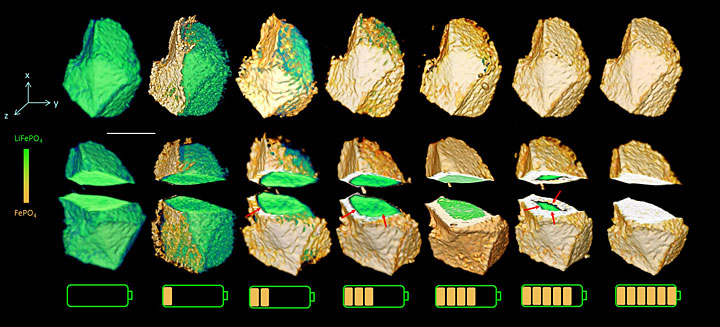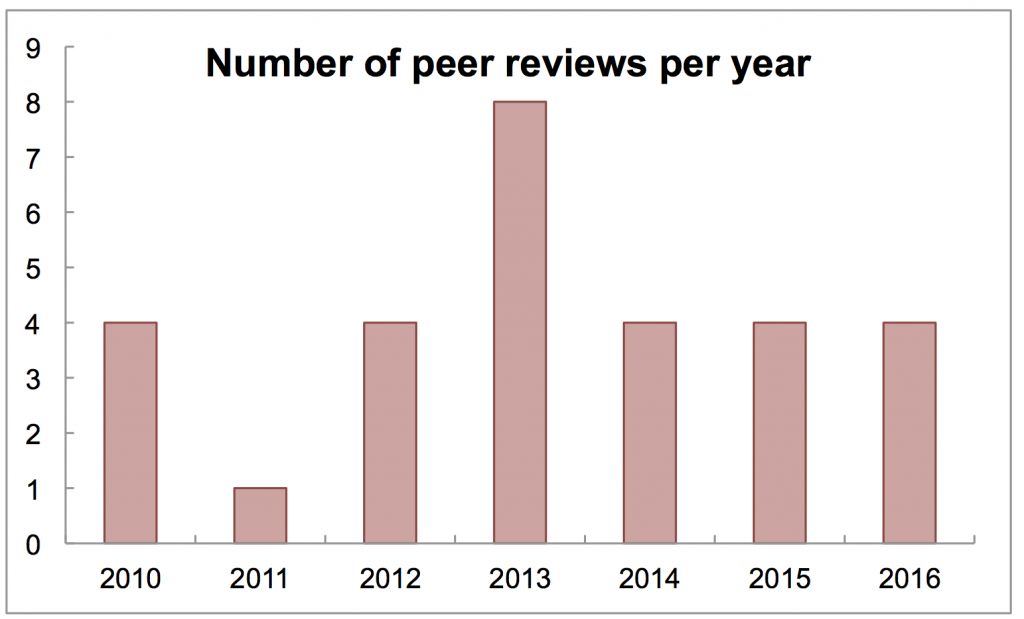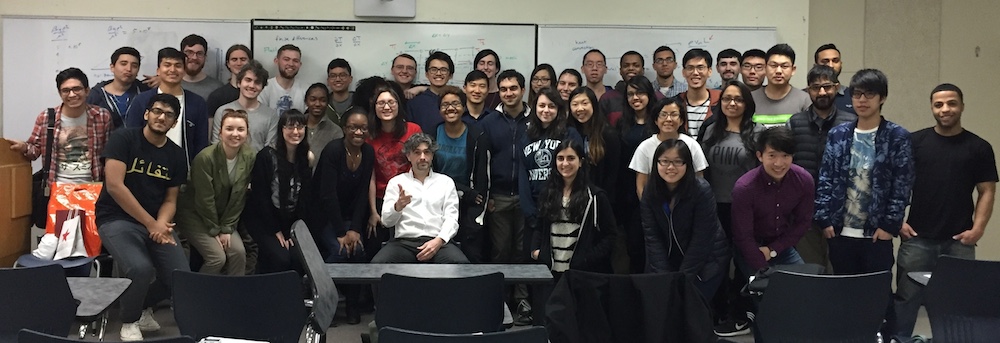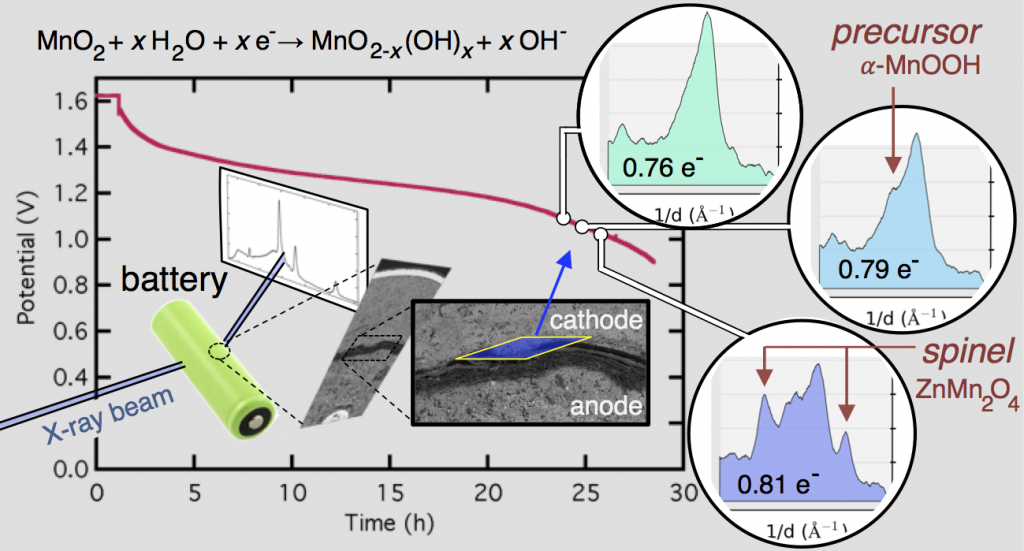A group I’ve worked with before at Brookhaven National Lab have just published a paper looking at LiFePO4 de-lithiation visualized by XANES tomography. The cut-away view above shows that the Li initially transports preferentially from the left side, along the y-axis. This is followed by the z-direction, and then finally isotropic de-lithiation in the shrinking core at the end. (The red arrows in the bottom row illustrate this.) The paper can be found here.
Author Archives: joshuagallaway
How many peer reviews do you do in a year?
I have a folder where I put all the files I create while peer reviewing a manuscript. This weekend I finished the fourth of 2016, and I usually assume the fourth will be the last. I wondered if that was always true. By counting up the files in this folder, I was able to see how many I had done each year, plotted below.
Four is in fact the most common number (the “mode” in this dataset, if you will). But what happened in 2013 and why did I do eight? By the way, I also see one of those had three revisions.
Update October 2016: I spoke too soon. I’m going to hit nine this year. You’re welcome, editors.
Update January 2017: Final tally: eleven. I believe in my heart of hearts the late-breaking rush was due to my tempting fate with this very post.
Transport Class 2015-2016
New paper: operando methods to pinpoint a phase change
We have a paper in the newest volume of the Journal of Power Sources. Like much of my recent work, this is about collecting localized diffraction data inside a battery while it cycles. This let us see the sudden phase change from MnO2 to α-MnOOH, and also see that this precipitates a sudden conversion to spinel. (Which is bad.) I’ll have a full write up soon.
For now check out my new publications list for this and more.





